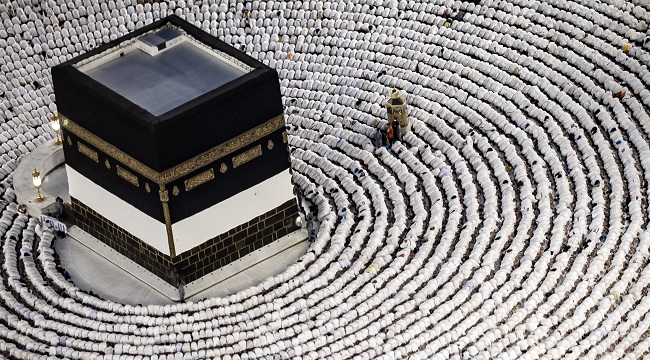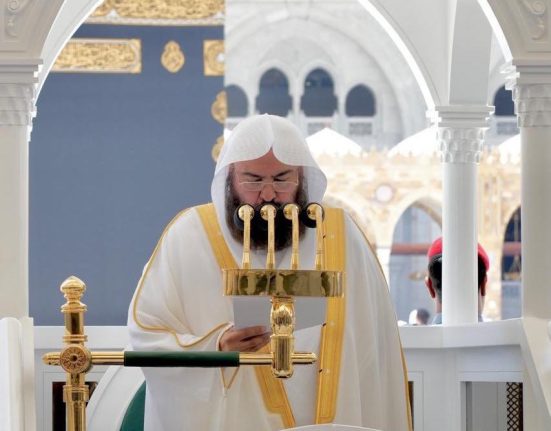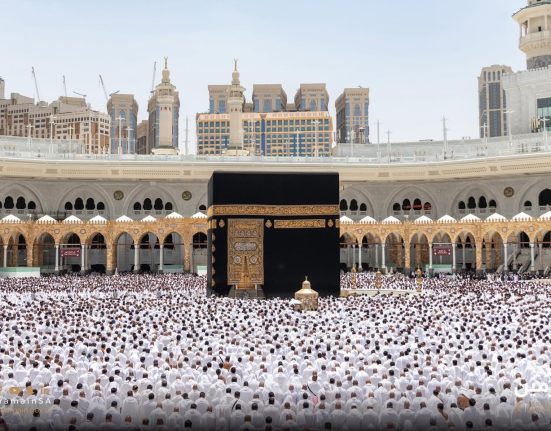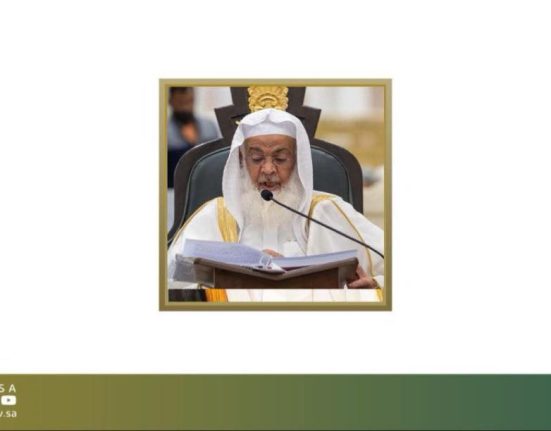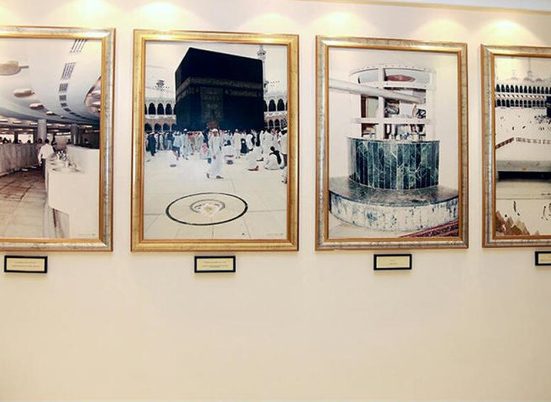As the annual Hajj pilgrimage reaches its peak in the holy city of Makkah, Saudi authorities have once again intensified aerial surveillance with the deployment of security helicopters to ensure the safety and smooth movement of millions of pilgrims. This airborne presence, a critical component of the Kingdom’s comprehensive security apparatus, underscores the government’s unwavering commitment to safeguarding worshippers during one of the largest religious gatherings on earth.
This was gathered that these helicopters, manned by highly trained security personnel, are equipped with advanced monitoring systems, allowing them to observe crowd movements, traffic patterns, and any irregular activity across key Hajj sites, including the Grand Mosque (Masjid al-Haram), Mina, Muzdalifah, and Mount Arafat. Operating at various altitudes throughout the day and night, these aerial units provide real-time data to ground forces, enabling rapid response to emergencies, congestion, or potential threats.
The Saudi Ministry of Interior has long employed layered security strategies during Hajj season, and aerial surveillance has become an indispensable pillar of that effort. With over 1.8 million pilgrims expected this year from around the globe, the need for meticulous coordination cannot be overstated. The helicopters are also used to assist medical evacuation if required, providing a swift lifeline in cases where ground access might be delayed due to high human traffic.
Observers on the ground in Makkah have described the sound of rotors overhead as reassuring rather than intrusive, symbolizing the state’s watchful presence. Many pilgrims, particularly first-timers, find comfort in the knowledge that help is always close at hand, not just on foot or on wheels, but in the skies as well. The aerial units also support crowd control efforts, helping security forces below to manage the complex logistics of people moving between sites, especially during peak rituals such as the Day of Arafat and the symbolic stoning at Jamaraat in Mina.
In line with the Kingdom’s Vision 2030 ambitions to enhance the Hajj and Umrah experience, Saudi authorities continue to integrate cutting-edge technology and well-coordinated human resources. The role of security helicopters in this equation reflects a blend of tradition and innovation, where spiritual obligations are supported by modern safety protocols.
For many Nigerian pilgrims and others from across Africa, the presence of such security measures reassures families back home. With the Hajj rites involving massive outdoor gatherings in sometimes harsh desert conditions, ensuring that order is maintained both on the ground and in the air remains a top priority.
As the skies over Makkah remain under constant aerial patrol, the Kingdom sends a clear message to the world: the sanctity of Hajj is matched by an uncompromising commitment to the safety of every soul who answers the divine call.

